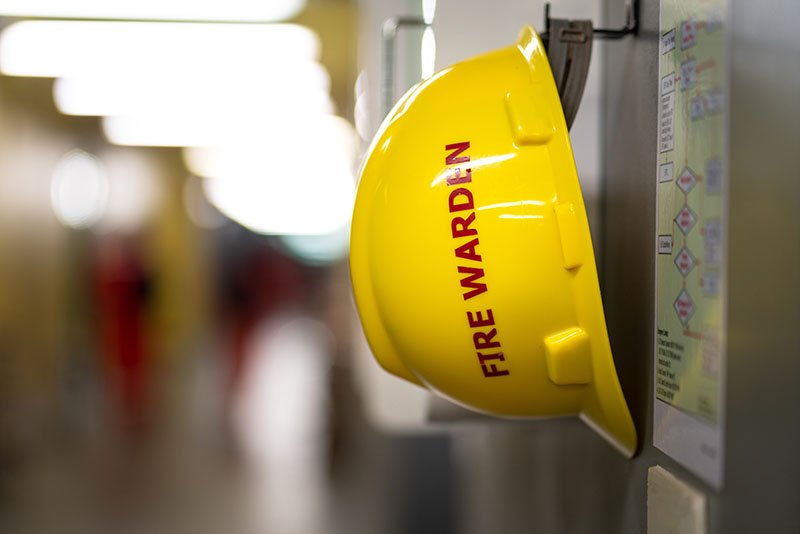
Under new guidance published following the Grenfell tower fire, high-rise buildings should switch from a stay-put evacuation strategy to a simultaneous evacuation policy until any flammable materials have been replaced.
To facilitate this, either a common fire alarm system or a waking watch service must be put in place, but which is best, and what approach should you take in your own property?
Temporary fix
The first thing to note when thinking about either a common fire alarm or a waking watch service is that both are only ever supposed to be used as a temporary option until proper remediation work is done to remove unsuitable aluminium composite material (ACM) cladding.
Unfortunately, a lack of available funding and action to match the promises made following Grenfell has left many high-rise residents stuck paying for these services for far longer than was ever intended.
As a result, landlords, residents, and building managers have been stuck in the difficult position of deciding between these temporary solutions, without any clear deadline as to when they can be removed.
Luckily, both common fire alarms and waking watch services can be highly effective at protecting a property against fire in the meantime, and this blog will help you decide exactly which option is best for you.
What is Waking Watch?
A waking watch service involves trained fire marshals continually patrolling a building 24 hours a day looking for signs of a fire.
Their main responsibility is to ensure that in the event of a fire, all residents are alerted as quickly as possible and the evacuation strategy in place is carried out.
When conducted by qualified and highly trained waking watch officers, waking watch is incredibly effective in reducing the risk of fire and protecting residents from harm.
Every 15 minutes, at most, officers will conduct a full patrol of the entire premises, including all interior floors and the exterior of the building, looking for any signs of a fire outbreak or hazards that could pose a future issue.
If a fire is detected, they will immediately alert the emergency services, liaise with them once they arrive, and oversee the evacuation of the property.
Originally, waking watch was only ever recommended as a temporary solution although in many instances the arrangement has been in place for several years now, waiting for the promise of remediation work to come to fruition.
The more buildings that get discovered to have flammable cladding installed the worst this problem becomes as the funding available to resolve these issues is stretched even thinner.
This has left residents footing a bill for a service that is required as no fault of their own with service charges rising by as much as £800 in some situations.
What are the alternatives?
The longer time passes without any sign of construction work being carried out, the less cost-effective waking watch becomes.
According to the National Fire Chiefs Council (NFCC) if a switch to a simultaneous evacuation strategy is required and it is expected to be in place for a medium or long period of time, a common fire alarm should be installed to replace the waking watch service currently in place.
This is due to the fact that a temporary fire alarm is a far more affordable option that offers all the same advantages of Waking Watch Fire Marshals without the requirement for a 24/7 manned presence on the site.
Fire alarm systems
In 2020, the Government introduced the Waking Watch Relief Fund to help ease the financial pressure on residents.
This fund, which totalled around £30m, was available to help cover the installation costs of common alarm systems in affected buildings.
Common fire alarm systems involved smoke detectors being placed in every single apartment and communal area throughout the entire property that are all linked together and managed from a central control panel.
If a single detector is activated, alarms will sound throughout the entire building, allowing for a simultaneous evacuation even faster than would be possible through waking watch.
Furthermore, these systems are connected directly to the emergency services, allowing the fastest possible response by the fire brigade.
It is estimated that in just 6-8 weeks, the investment in a common fire alarm system will have paid for itself in savings made by removing waking watch, without ever compromising on the safety of those within the building.
What happens after cladding is replaced?
Once the flammable cladding has been replaced, buildings are advised to return to a stay-put evacuation strategy, with residents waiting inside their apartments until the fire service tells them to leave.
Industry leading common fire alarm systems such as those fitted by Prime Secure, can easily by transformed into standard fire alarm systems once this time comes, saving you money on expensive removal and installation costs.